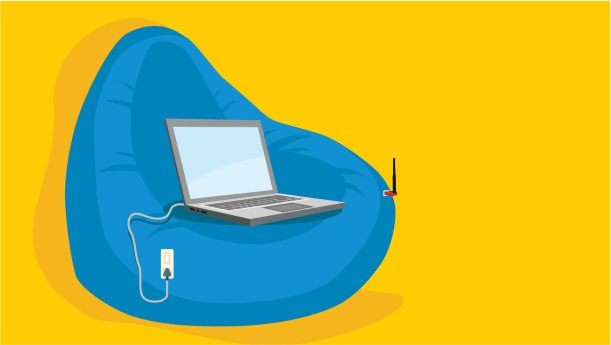
Even once the threat of COVID has passed, it seems unlikely that offices will return to the pre-pandemic stage. Since, we now know that virtual working works on a large scale, instead of trying to return to the old normal, it makes sense for smart managers to tap into the mix of hybrid working situations to come up with the best for the organisation and the individuals who work in it.
Log In or become an AIMA member to read more articles
